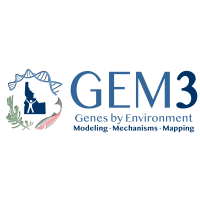Data from: Food quality, security, and thermal refuge influence use of microsites and patches by pygmy rabbits (Brachylagus idahoensis) across landscapes and seasons
**Abstract** How intensely animals use habitat features depends on their functional properties (i.e., how the feature influences fitness) and the spatial and temporal scale considered. For herbivores, habitat use is expected to reflect the...

